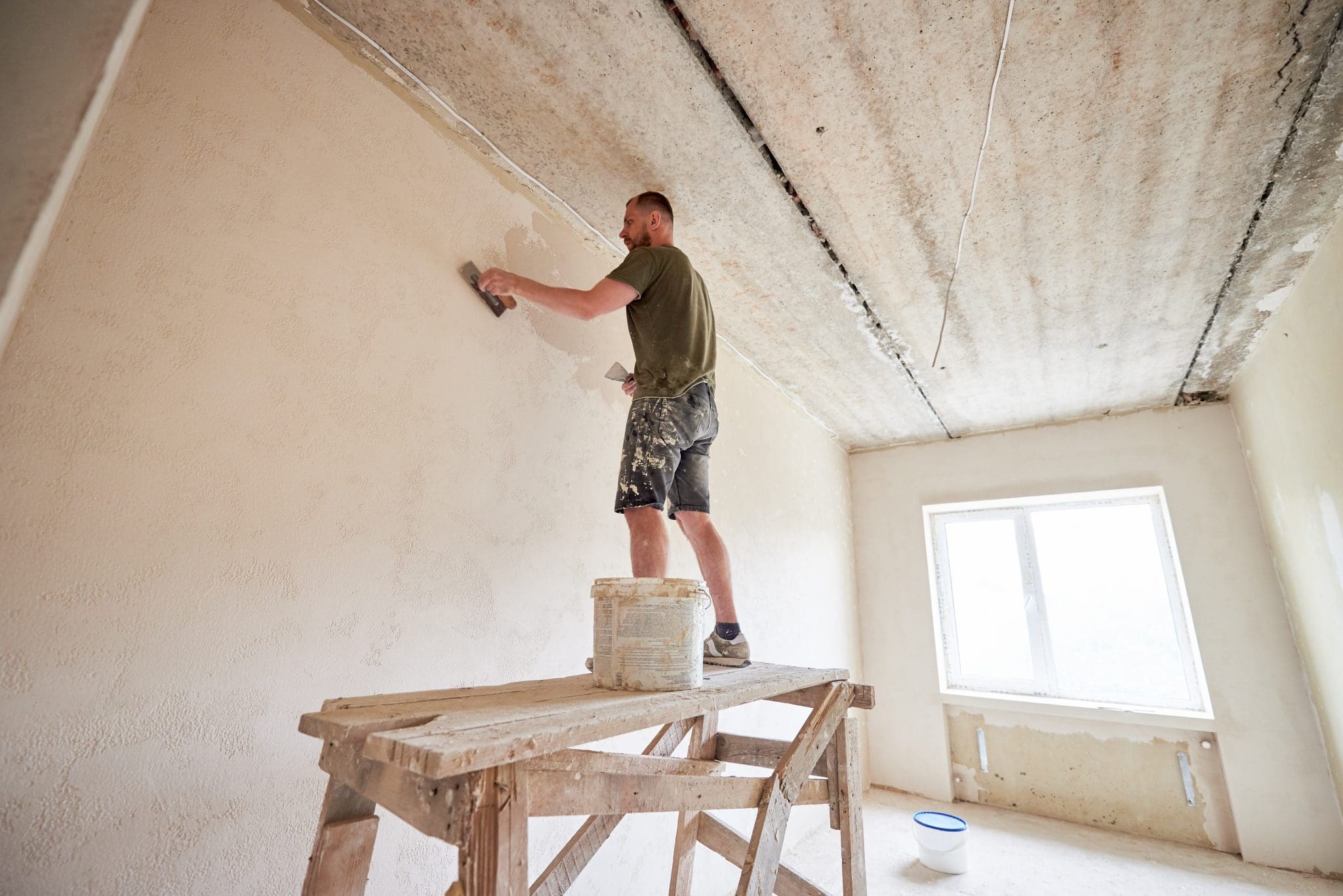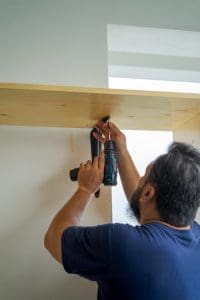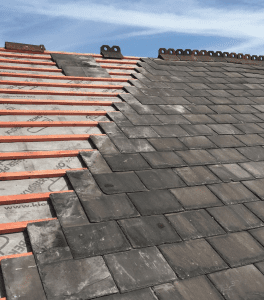When it comes to finishing walls and ceilings, many homeowners are unsure whether they need plastering or skimming. While these terms are often used interchangeably, they are in fact two different techniques that serve different purposes. Choosing the right option can make all the difference to the look, feel, and longevity of your walls.
As plastering specialists at 3D Construction, we often get asked about the difference between plastering and skimming, so in this article, we’ll break it down for you.
What is Plastering?
Plastering is the process of applying a mixture—typically made from cement, lime, or gypsum—to walls and ceilings to create a hard, smooth, and durable surface. It’s a thicker application that serves both functional and decorative purposes.
Plastering can be done on new walls, bare brickwork, blockwork, or uneven surfaces. It creates a solid base that can be painted, wallpapered, or left with a textured finish depending on the homeowner’s preference.
When is Plastering Needed?
- On new builds or extensions where the walls are unfinished.
- To cover bare brickwork or blockwork.
- When walls are uneven, damaged, or crumbling.
- In older properties where existing plaster has blown, cracked, or deteriorated.
Essentially, plastering is about creating a strong foundation that makes the walls look smooth, solid, and ready for decoration.
What is Skimming?
Skimming, on the other hand, is a finishing technique that involves applying a thin layer of plaster (usually 2–3mm thick) over an existing wall or ceiling. The goal is to create a flawless, smooth finish. Unlike traditional plastering, skimming doesn’t add thickness or structural integrity—it’s purely cosmetic.
When is Skimming Needed?
- On plasterboard (commonly used in modern homes and extensions).
- To cover old, uneven, or slightly damaged plaster without completely re-plastering.
- As a decorative finish before painting or wallpapering.
- To refresh tired walls during renovations without starting from scratch.
Skimming is faster, less labour-intensive, and more cost-effective compared to full plastering, making it a popular choice in home renovations.
Key Differences Between Plastering and Skimming
To make the distinction clearer, let’s compare plastering and skimming side by side:
| Feature | Plastering | Skimming |
|---|---|---|
| Thickness | Thicker coat (up to 13mm or more) | Thin coat (2–3mm) |
| Purpose | Creates a strong, level base | Provides a smooth, decorative finish |
| Best For | New builds, damaged walls, bare brickwork | Refreshing existing walls, plasterboard finishes |
| Cost | Generally more expensive | More affordable |
| Durability | Adds strength and insulation | Cosmetic, relies on existing wall condition |
Pros and Cons of Plastering
Like any construction method, plastering has its advantages and disadvantages.
Pros:
- Provides a durable and long-lasting finish.
- Adds soundproofing and insulation.
- Can cover seriously uneven or damaged surfaces.
- Suitable for new walls and ceilings.
Cons:
- More expensive than skimming.
- Requires longer drying times.
- More labour-intensive.
Pros and Cons of Skimming
Skimming is often chosen for its convenience, but it has its own set of pros and cons.
Pros:
- Quick and affordable.
- Creates a smooth, flawless surface ready for painting.
- Perfect for renovation projects.
- Can extend the life of older plaster.
Cons:
- Doesn’t strengthen the wall beneath.
- Not suitable for walls with serious damage or crumbling plaster.
- Relies on the condition of the surface underneath.
How to Decide Which One You Need
The choice between plastering and skimming depends on several factors:
- Condition of the Walls
- If your walls are bare, cracked, or uneven, plastering is the right choice.
- If they’re in reasonable condition but need a smooth finish, skimming is sufficient.
- Type of Property
- Older homes with deteriorating plaster often need full plastering.
- Modern homes with plasterboard walls usually just need skimming.
- Budget and Timescale
- Plastering is more expensive and time-consuming.
- Skimming is more affordable and quicker to complete.
- Purpose of the Room
- If you’re doing a major renovation or extension, plastering is often required.
- For a simple refresh before decorating, skimming is ideal.
How Much Does Plastering vs. Skimming Cost?
While costs vary depending on location, size of the room, and condition of the walls, here’s a general guide:
- Plastering: £400–£800 for a medium-sized room.
- Skimming: £300–£600 for the same room.
Keep in mind these figures are averages. The best way to get an accurate cost is to contact a professional plasterer for a tailored quote.
FAQs About Plastering and Skimming
How long does plaster take to dry?
Standard plaster takes about 4-6 days to dry, but this can vary depending on the thickness and room conditions.
Can I paint directly onto fresh plaster?
No-you should wait until the plaster is fully dry before painting. Applying a mist coat of watered-down emulsion is recommended as a base.
Is skimming cheaper than plastering?
Yes, skimming is usually cheaper because it requires less material and labour.
Can I skim over wallpaper?
No, wallpaper should always be removed before skimming to ensure proper adhesion.
Final Thoughts
Plastering and skimming may sound similar, but they serve very different purposes. If your walls are bare or badly damaged, plastering is the way forward. If you’re looking for a smooth decorative finish, skimming is the quicker, cost-effective option.
The best way to make the right decision is to consult a professional plasterer who can assess your walls and recommend the most suitable approach. At 3D Construction, we’re always happy to provide expert advice and a free no-obligation quote.




